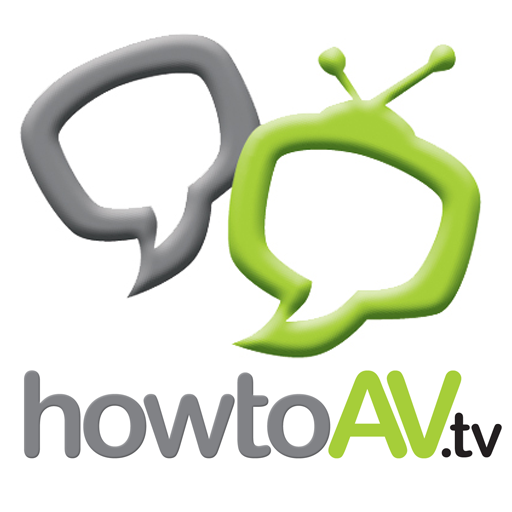Audio Visual secrets from Silicon Valley
Fresh from his CEDIA seminar, Rich Green gives us an insight into the latest trends and developments in Silicon Valley. From AI and VR and their role in the home (Amazon Echo, Google Home, the NVIDIA spot) and education to ultra-thin displays, Rich gives us the lowdown on what to watch... How can intelligent design improve our lives?
What’s big in Silicon Valley right now?
 "It’s all about Artificial Intelligence, it’s about Virtual Reality in a sense - those are the two end games of technology and of our industry. When you look at the power of Artificial Intelligence and what happens when you bring that into the home you start to see a trend toward what I’m calling 'invisible computing'. Where the devices themselves the touch panels, the keypads, the remote controls the stuff that you’ve got to touch to get things done kind of disappear. We want them to disappear, we want that stuff to go away so that our lives just unfold with the sense of grace and technology is there to support.
"It’s all about Artificial Intelligence, it’s about Virtual Reality in a sense - those are the two end games of technology and of our industry. When you look at the power of Artificial Intelligence and what happens when you bring that into the home you start to see a trend toward what I’m calling 'invisible computing'. Where the devices themselves the touch panels, the keypads, the remote controls the stuff that you’ve got to touch to get things done kind of disappear. We want them to disappear, we want that stuff to go away so that our lives just unfold with the sense of grace and technology is there to support.
"There are developments in what are called anticipatory algorithms and predictive analytics and those are enabled by companies like Amazon, Google and Apple who are watching you. There’s a surveillance economy that’s powered by big data and Artificial Intelligence that kind of looks at the context of your life. Then it anticipates your needs, so the lights come on when you want them to come on you don’t have to press a button and so on. So I think we can leverage the scary big data technologies that are coming from these companies into the design work that we do for families in their homes. I’m very optimistic about what Artificial Intelligence brings to our industry and think we need to be aware of the fact that even though it’s fuelled by the need for personal data and targeted advertising and so on, we can use those techniques. We can leverage those techniques into our designs.
"Nvidia this year is launching their little 4K streaming box called the shield that becomes a smart home hub. It’s going to communicate with little spheres that look like tennis balls called the spot and you just plug it into a power outlet. It’s a far field beam forming microphone that creates a Wi-Fi mesh network. You plug these little microphones into outlets all over the house and the whole house becomes an Amazon Alexa you just walk around. The Nvidia ties into Google assistant, it’s the first Google assistant to work on non-Google hardware – this is a big deal. We need to embrace these technologies, are we going to make money selling Nvidia shields and spots? No, the point is you leverage this technology into a gracious design for families to enhance their lives to help them get the job done."
What do we need to consider for the future as an integrator/home designer?
"I think the key is design. Design is the most important thing that we do and what is design? Design is getting into the mind and the feeling - to emphasize with the families that we serve. We need to become more like anthropologists than technologists. Once you’ve crossed that chasm, once you get into that realm of you’re really taking care of people by understanding them then you can apply technology, apply all manner of technical improvements right to their home. However, it’s not about the hardware anymore it’s about how you integrate these with the families lives. I think the most important thing we do is develop our design skills."
How is this going to get applied into the commercial market?
"There are huge opportunities in the commercial market. There are opportunities for huddle rooms, for commit, for socialisation at the commercial level and to take technology and make it invisible - make it recede in the background so things just happen naturally."
 Got a question for the HowToAV team?..
Got a question for the HowToAV team?..
HowToAV.tv provides a whole host of tips, tricks and technology know-how for the professional audio visual industry.
Subscribe to our YouTube channel now at howtoav.tv for all the latest video casts or send us your questions to [email protected]







